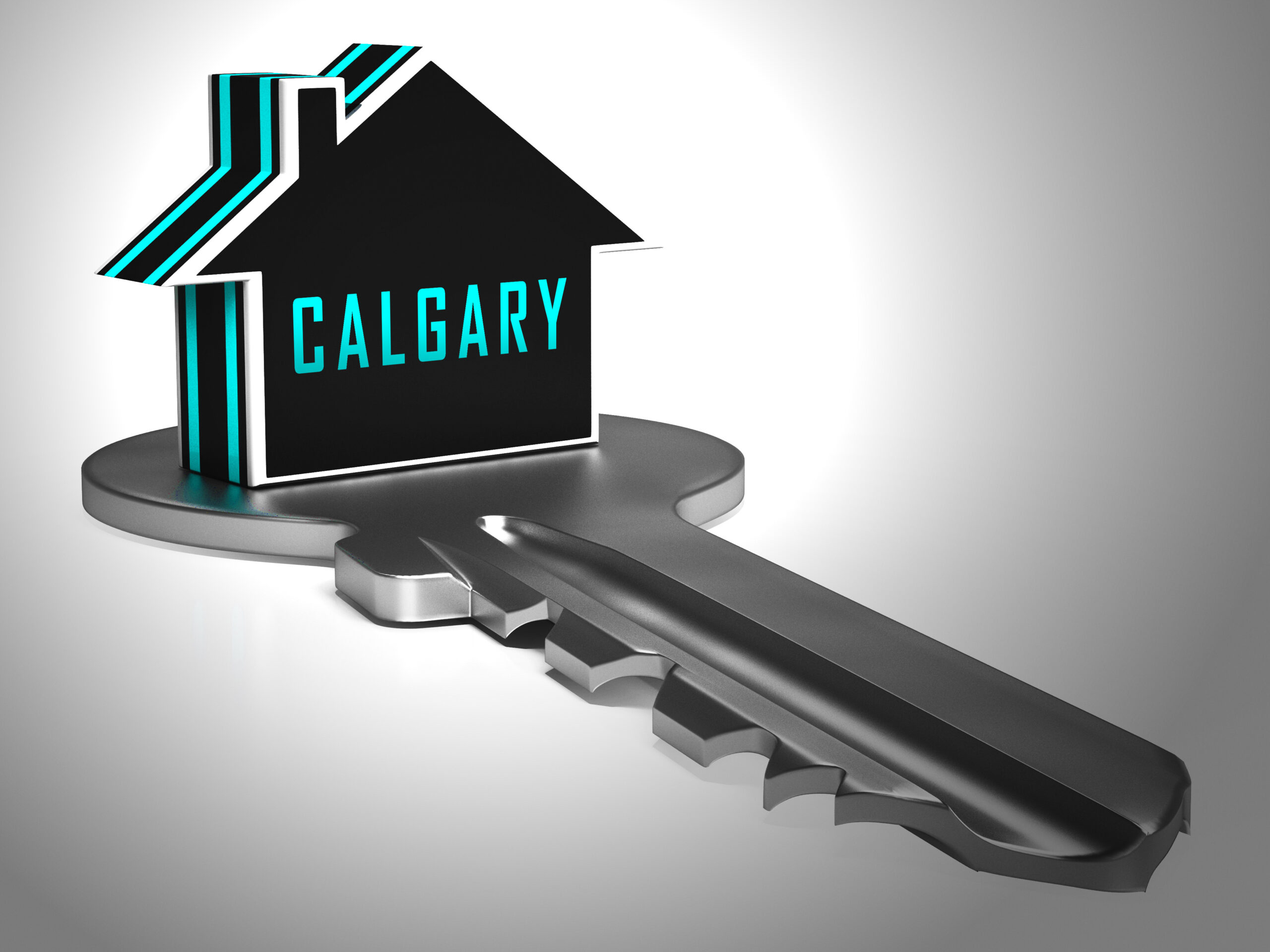As a lawyer who has spent years navigating landlord-tenant disputes in Alberta, I can say with certainty: knowing the rules before filing with the RTDRS (Residential Tenancy Dispute Resolution Service) can save landlords time, money, and a great deal of frustration. The RTDRS is a powerful tool—designed to provide landlords and tenants with a faster, less formal alternative to court—but it only works when you come prepared.
Landlords often contact me when they’ve reached the breaking point. Maybe a tenant hasn’t paid rent for two months. Maybe there’s been damage to the unit or repeated breaches of the lease. Whatever the reason, it’s tempting to rush to file an application and expect a quick resolution. But without the right foundation and evidence, that path can backfire.
Here’s what I want every Alberta landlord to understand before they take that next legal step.
Understand the Role of the RTDRS
The RTDRS was created to handle most common residential tenancy disputes in a faster, more cost-effective way than the traditional court system. It deals with issues like unpaid rent, damage to property, return of security deposits, notice disputes, and lease violations.
Hearings are typically scheduled within a few weeks, and they’re conducted by a Tenancy Dispute Officer, not a judge. That makes the process more accessible, but not less serious. This is still a formal legal proceeding, and it requires strong evidence and a clear legal position.
Don’t mistake “faster” for “easier.” You still need to make your case, and preparation matters.
Know What You Can—and Can’t—File With the RTDRS
The RTDRS covers a wide range of disputes, but not everything. If your situation involves commercial leases, mobile home site tenancies, or matters that fall under other legislation, the RTDRS isn’t the right forum.
Here are common issues you can bring to the RTDRS:
- Unpaid rent
- Damages to the rental unit
- Breach of lease terms
- Illegal entry or lockouts
- Disputes over security deposit deductions
- Early termination of tenancy without proper notice
If you’re unsure whether your issue qualifies, talk to a lawyer first. Filing the wrong type of case could result in delays or dismissal.
Get Your Paperwork in Order
If you file an RTDRS application and walk into the hearing with little more than a complaint and a few text messages, you’re already at a disadvantage.
Before filing, make sure you have:
- A signed lease agreement
- A move-in inspection report
- Records of any notices served (14-day notice, 24-hour notice, etc.)
- Photos or repair estimates for damages
- Rent ledgers or proof of non-payment
- Written communication with the tenant (emails, letters, or texts)
- A properly completed application
These documents tell your story. Without them, you’re relying on your word alone—and that’s not enough in most cases.
Serve Notice Properly and Follow Procedure
Many landlords lose cases not because they’re wrong—but because they didn’t follow the proper steps. For example, giving a 14-day notice for eviction must follow exact rules set out in the Residential Tenancies Act. If you give a notice that’s missing a required statement or serve it incorrectly, the entire process can be invalidated.
The same goes for serving your RTDRS application. Once filed, you have to serve the documents to the tenant by a certain deadline, using an accepted method. If you fail to do this, the hearing may be postponed or dismissed.
Make sure you follow all required timelines and procedures carefully. Even small errors can cost you valuable time and momentum.
Be Realistic About Outcomes
The RTDRS can issue enforceable orders—such as ordering a tenant to pay unpaid rent or vacate the premises—but it doesn’t collect money for you. Even if you win a monetary judgment, it’s up to you to pursue collection, usually through the Alberta Court of Justice or civil enforcement agencies.
And while many landlords hope for quick evictions or large damage awards, the decision always depends on the facts and evidence. The Tenancy Dispute Officer will look at both sides and make a fair ruling—not necessarily the one you want.
Going in with realistic expectations and a focus on facts, not emotions, helps you stay grounded and more persuasive.
Consider Settlement Before the Hearing
Just because you’ve filed with the RTDRS doesn’t mean you can’t still resolve the issue outside of the hearing. In fact, settlement is often a smart option—especially if you’re dealing with a tenant who might cooperate if given a chance.
Maybe the tenant agrees to move out on a specific date and pay a portion of rent owed. Maybe you agree to waive a portion of the debt in exchange for possession. These agreements can be formalized and filed with the RTDRS, often avoiding the need for a hearing altogether.
A flexible mindset can lead to quicker, cleaner solutions.
When to Call a Lawyer
Not every landlord needs a lawyer to file with the RTDRS. But if you’re dealing with a high-value dispute, complex lease terms, or a particularly difficult tenant, legal support can make a big difference.
A lawyer can:
- Help you decide whether to file or pursue another path
- Review your lease and supporting documents
- Ensure your notices and application are properly prepared
- Represent you at the hearing, if needed
You don’t need to go it alone. Sometimes just one consultation can save you from months of stress.
Final Thoughts
The RTDRS is a valuable tool for landlords—but only if used correctly. Filing in frustration, without evidence or understanding of the process, often leads to disappointment. But when you’re prepared, organized, and realistic, the RTDRS can be an efficient way to resolve disputes and protect your property rights.
As someone who’s helped both landlords and tenants navigate this system, I always remind my clients: legal action should be the last step, not the first. Know your lease. Know your process. And when in doubt—ask. The more you understand before you file, the better your outcome is likely to be.
